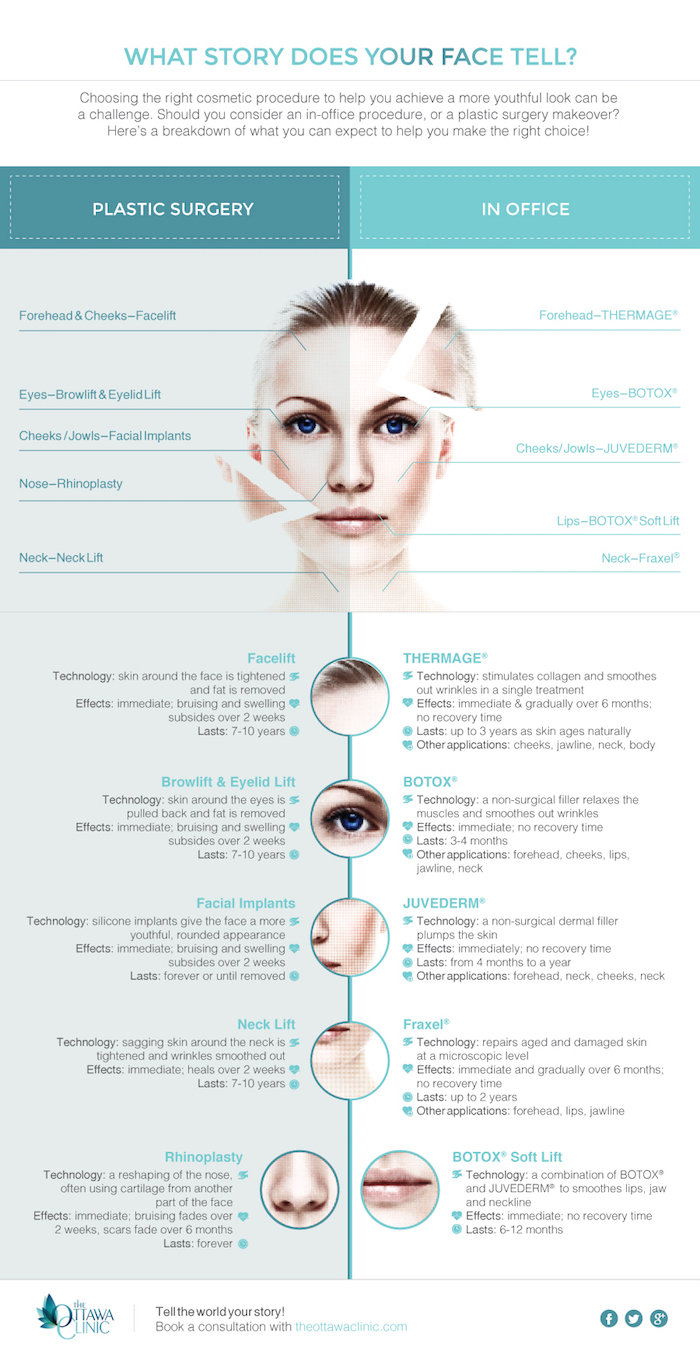Pros And Cons Of Laser Resurfacing
Pros And Cons Of Laser Resurfacing
Blog Article
Sources of Acne on Cheeks
Acne outbreaks in the cheek area are activated by numerous things, from touching your face often to not altering your pillow case usually sufficient. Picking at imperfections raises your threat of infection and scarring, and particular medicines can aggravate dark places (postinflammatory hyperpigmentation).
Thankfully, there are several ways to avoid and deal with cheek acne. These consist of:
1. Hormonal Modifications
Acne is greatly caused by hormones, particularly those generated during puberty and maternity. For some, a family history of acne might additionally contribute to their condition. Anything that blocks pores, such as oil-based skin treatment items or waxy hair products, can set off acne. Different topical therapies, like benzoyl peroxide and salicylic acid, can fight bacteria and unblock pores. Those with extreme or persistent acne should seek treatment from their physician.
Prevent touching or pressing your acne, as this can press some of the bacteria deeper right into the skin, leading to a much more extreme breakout. It is likewise vital to change pillow cases regularly and utilize tidy makeup brushes. You ought to additionally try to prevent toxic irritants such as friction from using a headgear or tight collar.
2. Diet plan
The oily, sugary foods that many individuals think trigger acne may in fact not do so. As a matter of fact, researches have revealed that eating a diet plan abundant in whole, nutrient-dense foods helps to avoid outbreaks.
Foods high in the glycemic index (such as white bread, corn flakes, puffed rice and potatoes, doughnuts and various other breads) raise blood glucose degrees rapidly, and this can boost hormonal agents that increase oil manufacturing and bring about acne.
Drinking cow's milk has actually additionally been linked to boosted acne outbreaks. If you are a routine cow's milk enthusiast, you may intend to try changing to low-fat or nondairy options that are strengthened with calcium. Furthermore, drinking even more water can help to minimize acne because it assists to maintain the skin hydrated.
3. Excess Oil
While oil is necessary for healthy skin, it can end up being a problem when excessive sebum mixes with dead skin cells and obstructs pores. This combination can develop blackheads, whiteheads and pimples. The obstructed pore wall can break down and spill microorganisms, dead skin cells and sebum into bordering skin. This leads to a red bump referred to as an acne. Often these red bumps have pus in the center from a bacterial infection. Bigger contaminated bumps that appear like acne are called cysts.
There are several things that can create excess sebum and stopped up pores, including hormonal agent variations, diet and day-to-day behaviors. Some instances include touching the face regularly, resting your hand on your cheek, using filthy makeup brushes and not transforming pillowcases routinely.
4. Stress and anxiety
If you're taking care of throbbing acnes or a multitude of blackheads and whiteheads, it may be time to speak with a dermatologist. They can suggest an efficient therapy that fits your skin type. Exercising relaxation and stress-reduction methods also aids.
Acne can happen in the cheeks due to rubbing and pressure, such as when an individual touches their face frequently or puts on a hat or sports helmet that massages versus the skin. It can also show up where greasy cosmetics and creams rub versus the skin.
Avoid squeezing acne, as this can press infected product deeper into the skin and lead to scarring. Rather, see a physician to learn more about preventative treatments like medicine, skin care items and way of life modifications. Consuming a healthy diet regimen of whole foods, obtaining seven to 9 hours of sleep and utilizing noncomedogenic make-up and skincare items can all help reduce acne outbreaks.
5. Hair Products
Hair items are not commonly considered a cause of outbreaks, but they can add to acne on the cheeks in some individuals. Pomade acne, which is defined by little shut comedones and papulopustules, is typically triggered by the use of oily hair products which contain comedogenic ingredients such as specific oils and acetylated lanolin.
Picking hair products that do not consist of these possibly comedogenic ingredients is a vital step toward lessening breakouts. Additionally, making sure that hair items aren't coming in contact with the skin can aid prevent breakouts. For example, putting on a headscarf or bonnet during the night can limit hair-to-face get in touch with and lower the likelihood that leave-in hair products will abrade onto the face.
In addition dysport vs botox to using a non-comedogenic moisturizer and cleaning with an acne face clean, other valuable approaches include: